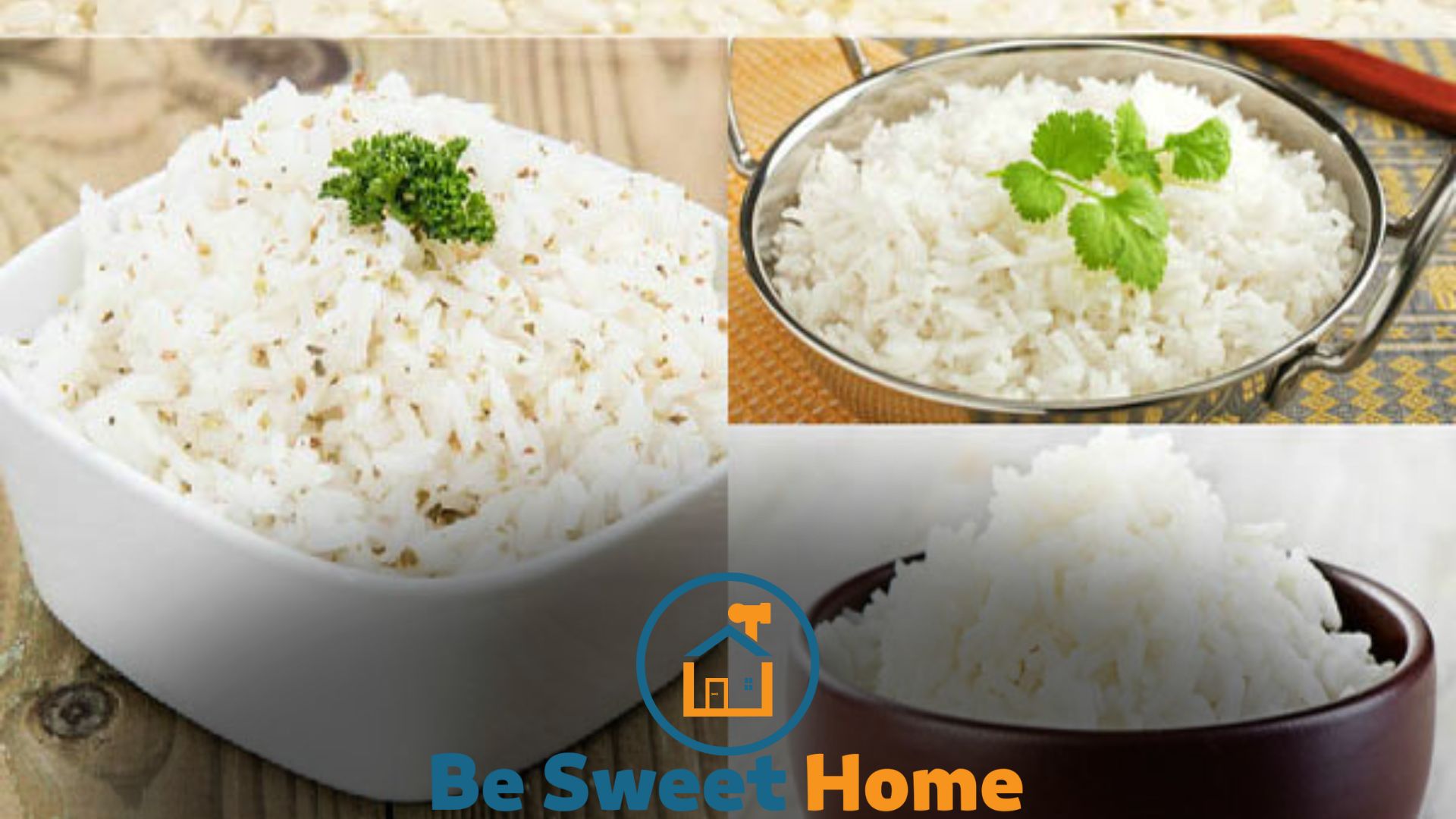

White rice is a good energy source and provides essential nutrients like carbohydrates and fiber, making it a versatile and healthy food option.
It is enriched with vitamins and minerals, supports digestion, and provides a feeling of satiety.
White rice is a staple food in many cultures and offers numerous health benefits. In addition to being a great source of energy, it also supports digestive health due to its fiber content.
Moreover, it provides essential nutrients such as vitamins and minerals, contributing to overall well-being.
Despite some misconceptions about its nutritional value, white rice can be a valuable part of a balanced diet when consumed in moderation.
This article will explore the potential health benefits of white rice, shedding light on its nutritional value and its role in a healthy lifestyle.
What is White Rice?
White rice is a staple food that has been a dietary mainstay for centuries. It is the polished or refined version of rice, with the husk, bran, and germ removed.
This popular grain is a primary energy source for millions of people across the globe. Its versatility, subtle flavor, and mild aroma make it essential to diverse cuisines.
Definition and Overview
White rice refers to polished or refined rice from which the outer layers, including the husk, bran, and germ, have been removed. This process results in a clean, white appearance.
The removal of the outer layers also enhances its shelf life. As a staple food, white rice is consumed in various forms, such as steamed, boiled, or as an ingredient in dishes.
Types of White Rice
White rice comes in different varieties, each with unique characteristics and culinary uses. The main types include:
- Long-grain white rice
- Medium-grain white rice
- Short-grain white rice
Each type of white rice has specific qualities that make it suitable for particular dishes, from light and fluffy long-grain rice to the stickier consistency of short-grain rice.
Nutritional Content
White rice is a staple food that is widely consumed around the world. It offers various nutritional benefits, including essential macronutrients and micronutrients that support overall health and well-being.
Macronutrients in White Rice
White rice primarily comprises carbohydrates, with little protein and almost no fat. It is an excellent energy source due to its high carbohydrate content. Below is the breakdown of macronutrients in a cup of cooked white rice:
| Nutrient | Amount |
|---|---|
| Carbohydrates | 45 grams |
| Protein | 4 grams |
| Fat | 0.3 grams |
Micronutrients in White Rice
While white rice is often criticized for its lack of nutrients, it still contains some essential vitamins and minerals, such as folate, thiamine, niacin, and iron.
Here are the micronutrient levels found in a cup of cooked white rice:
- Folate: 2% of the daily recommended intake
- Thiamine: 6% of the daily recommended intake
- Niacin: 2% of the daily recommended intake
- Iron: 2% of the daily recommended intake
Digestibility and Absorption
When it comes to the health benefits of white rice, one important aspect to consider is its digestibility and absorption.
Understanding how white rice impacts human digestion and how the body absorbs nutrients from it can provide valuable insights into its nutritional value.
Impact on Human Digestion
White rice is known for its ease of digestion, making it a suitable option for individuals with sensitive stomachs or digestive issues.
It is easily broken down in the digestive system, allowing for efficient nutrient absorption without causing discomfort or bloating.
How the Body Absorbs Nutrients From White Rice
When consumed, white rice is primarily composed of carbohydrates, which are the body’s main source of energy.
During digestion, enzymes break down the carbohydrates into smaller molecules, such as glucose, that are then absorbed by the small intestine and distributed throughout the body to provide energy.
In addition to carbohydrates, white rice contains essential nutrients such as vitamins and minerals that contribute to overall well-being.
These nutrients are released during digestion and absorbed into the bloodstream, supporting various bodily functions.
White Rice and Health
White rice, often criticized for its high carbohydrate content, has been a staple in many cultures for centuries. However, many are unaware of its potential health benefits.
When consumed in moderation as part of a balanced diet, white rice can contribute positively to overall well-being.
Let’s explore the health implications of incorporating white rice into your diet.
Role in a Balanced Diet
White rice is a fundamental component of many cuisines and provides essential carbohydrates for energy and satiety.
Despite being stripped of the outer layers during processing, it remains a significant energy source due to its high carbohydrate content.
Moreover, white rice is an ideal complement to protein-rich foods and vegetables. It can form the foundation of a balanced meal, providing a substantial energy supply without excessive fat or cholesterol.
Its ability to pair well with diverse culinary elements makes it a versatile and valuable addition to any diet.
Impact on Energy Levels and Metabolism
Consuming white rice can directly impact your energy levels and metabolic function. As a complex carbohydrate, it is digested slowly, resulting in sustained energy release.
This allows consistent energy levels throughout the day, particularly during physical activity and exercise.
Additionally, the carbohydrates from white rice play a key role in regulating metabolism and supporting various bodily functions.
Its glucose content is essential for providing energy to cells, organs, and tissues, contributing to overall metabolic efficiency.
White Rice in Traditional Medicine
White rice has been an integral part of traditional medicine in various cultures for centuries, valued for its medicinal properties and health benefits.
Let’s delve into the historical use and cultural significance of white rice in traditional medicine, as well as modern interpretations and scientific studies.
Historical Use and Cultural Significance
White rice in traditional medicine can be traced back to ancient times in Asian and Middle Eastern cultures. It has been considered a staple food not only for its nutritional value but also for its therapeutic properties.
In traditional Chinese medicine, white rice is believed to nourish the spleen and stomach, promote digestive health, and provide a source of sustainable energy.
Similarly, in Ayurvedic medicine, white rice is a cooling and easily digestible food that balances the body’s doshas.
Modern Interpretations and Scientific Studies
In recent years, scientific research has validated many of the health benefits of white rice in traditional medicine. Studies have shown that white rice is a good energy source, low in fat, and cholesterol-free.
Additionally, it contains essential nutrients such as iron, thiamine, and niacin, which are essential for overall well-being.
Conclusion
Incorporating white rice into your diet can offer numerous health benefits. Its high nutritional content makes it a great addition to balanced meals. White rice can contribute to overall wellness with its versatility and easy digestion.
Consider incorporating this grain into your diet to enjoy its health-boosting properties.







